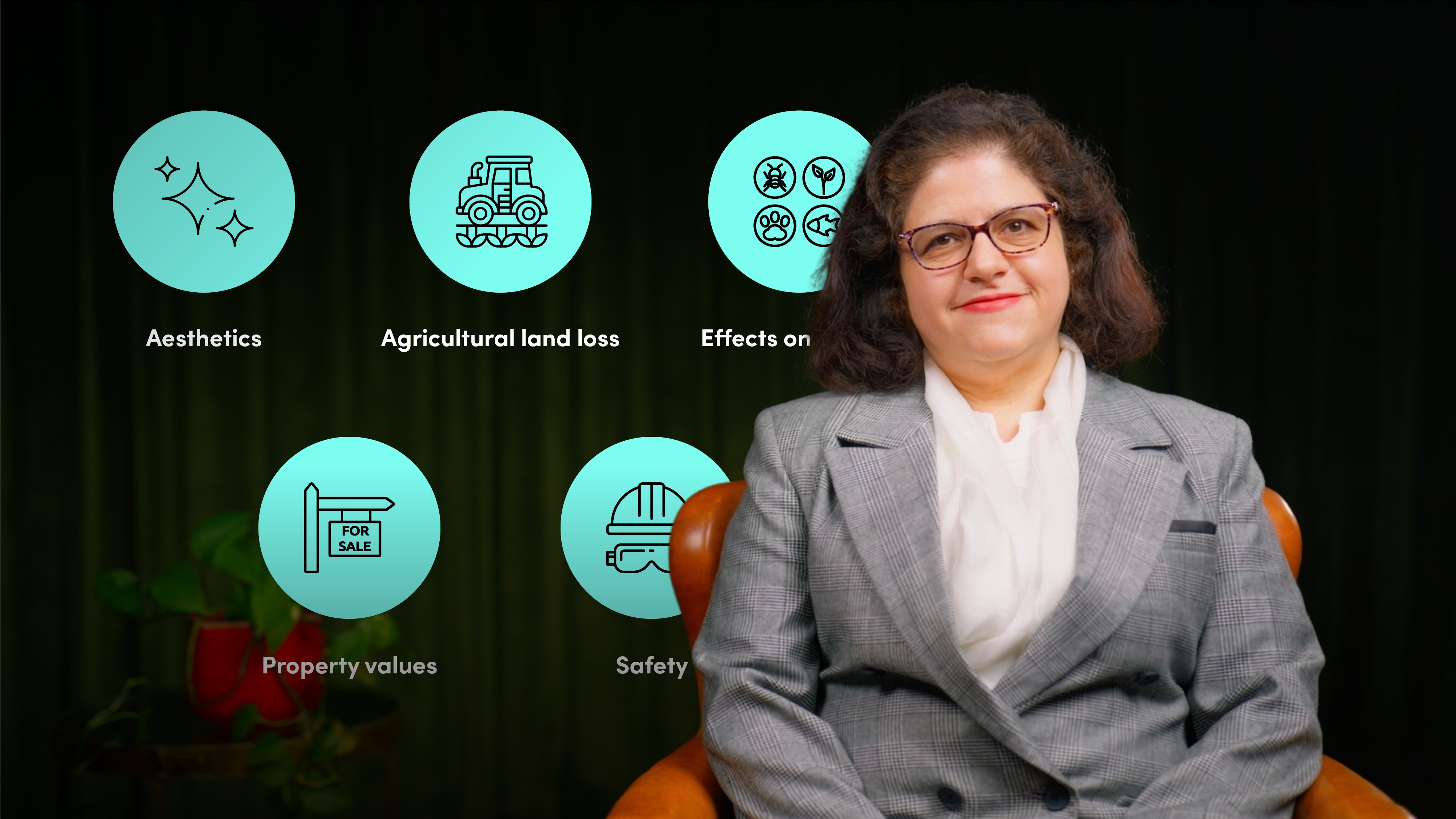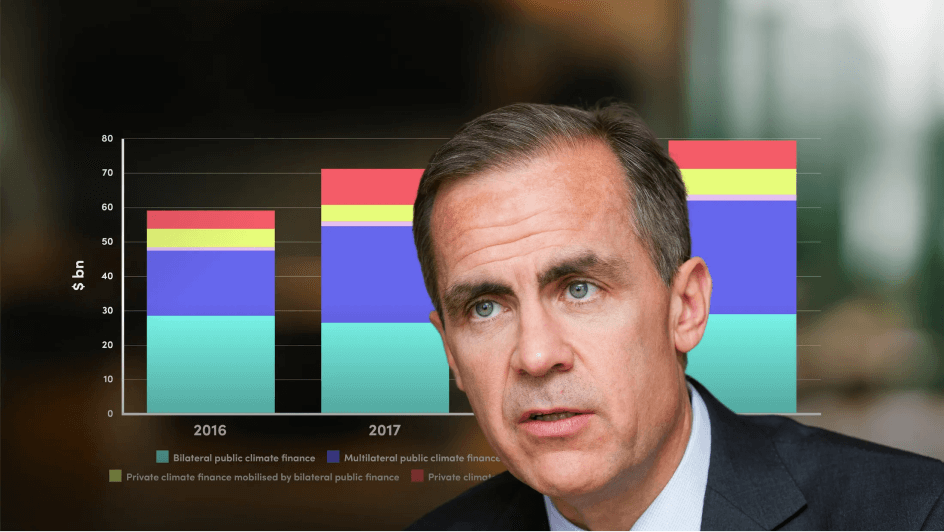
Introduction to Energy Mix Challenges

Olivia Oddi
The global shift to clean energy is crucial but full of challenges. Join Olivia Oddi as she unpacks the toughest obstacles, from phasing out fossil fuels to land use issues, helping you understand what’s at stake and why action matters.
The global shift to clean energy is crucial but full of challenges. Join Olivia Oddi as she unpacks the toughest obstacles, from phasing out fossil fuels to land use issues, helping you understand what’s at stake and why action matters.
Subscribe to watch
Access this and all of the content on our platform by signing up for a 7-day free trial.

Introduction to Energy Mix Challenges
11 mins 47 secs
Key learning objectives:
Identify why there are challenges with decarbonising the energy mix
Understand the challenge of facing out fossil fuels
Outline the challenges associated with land use
Overview:
Subscribe to watch
Access this and all of the content on our platform by signing up for a 7-day free trial.
- Persistent demand: Even as renewables grow, coal, oil, and gas continue to play a dominant role in the energy mix. While coal use is expected to decline after 2030, oil and gas are projected to remain significant for decades
- Limited clean energy investment: Oil and gas companies currently invest very little in clean energy - only 1% of global clean energy investment comes from these companies. To meet climate goals, they need to shift around 50% of their capital expenditure to clean energy projects by 2030
- Emerging economy challenges: Many developing countries rely on coal due to limited alternatives. They face financial and technological barriers to transitioning, as well as broader socio-economic issues like poverty and water scarcity
- Emission reduction targets: The oil and gas sector must cut emissions by 60% by 2030 to align with the 1.5°C climate target. However, fewer than half of fossil fuel companies have committed to reducing emissions
- Land scarcity: Identifying suitable land is difficult. In Germany, only 9% of land is considered suitable for wind energy, and in Italy, less than 1% is available for solar projects without restrictions. Meeting Europe’s renewable energy targets will require an area nearly the size of Belgium by 2040
- Regulatory constraints: In some countries, strict regulations limit where energy projects can be built
- Rising land prices: Competition for land has driven prices up significantly, making financial planning more complex for developers. Between 2011-20, land prices in Germany and the US rose nearly 10% annually
- Public opposition: Community resistance to energy projects is growing. In the US, 10% of planned solar capacity was cancelled in 2021 due to local protests
Subscribe to watch
Access this and all of the content on our platform by signing up for a 7-day free trial.

Olivia Oddi
There are no available Videos from "Olivia Oddi"





























